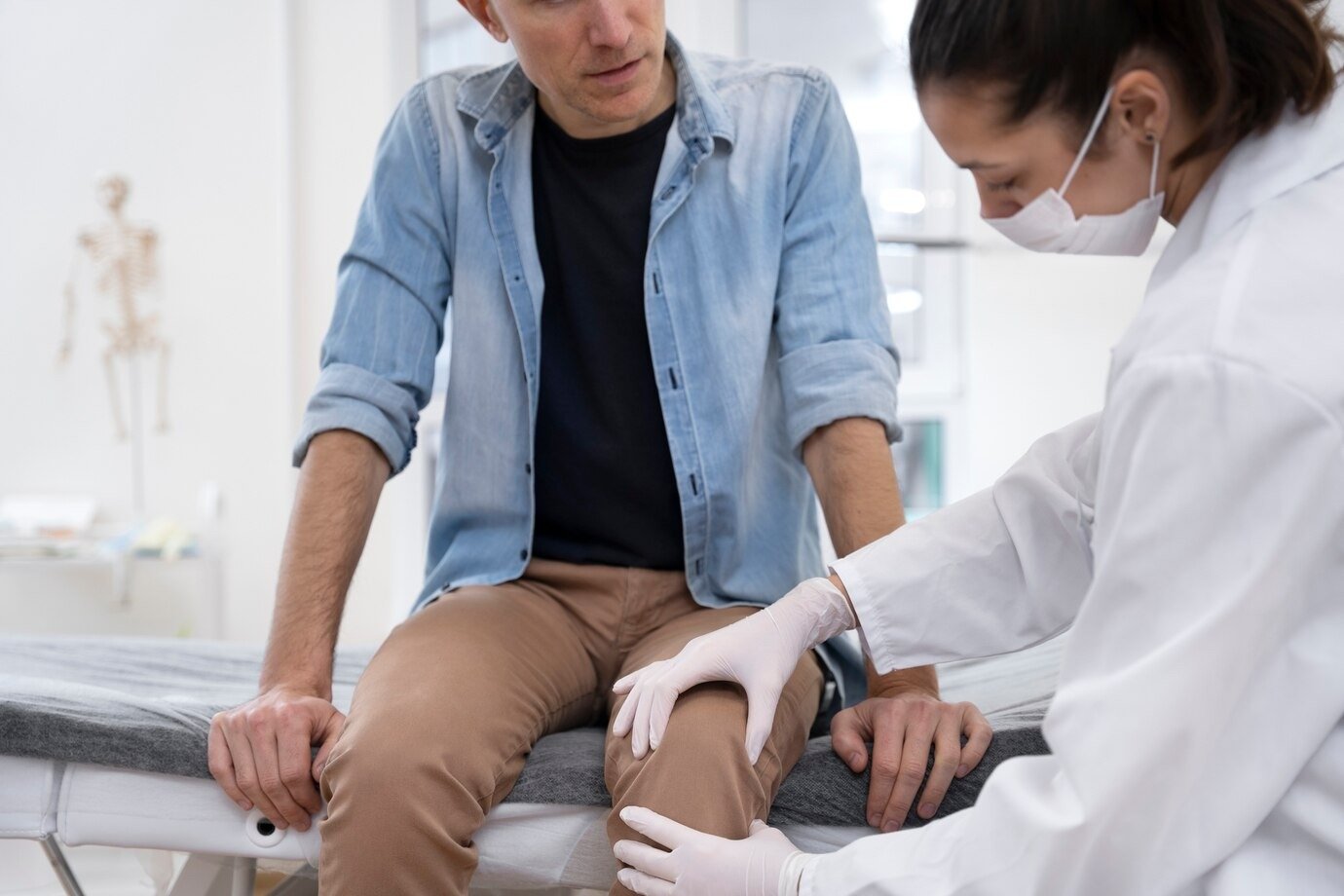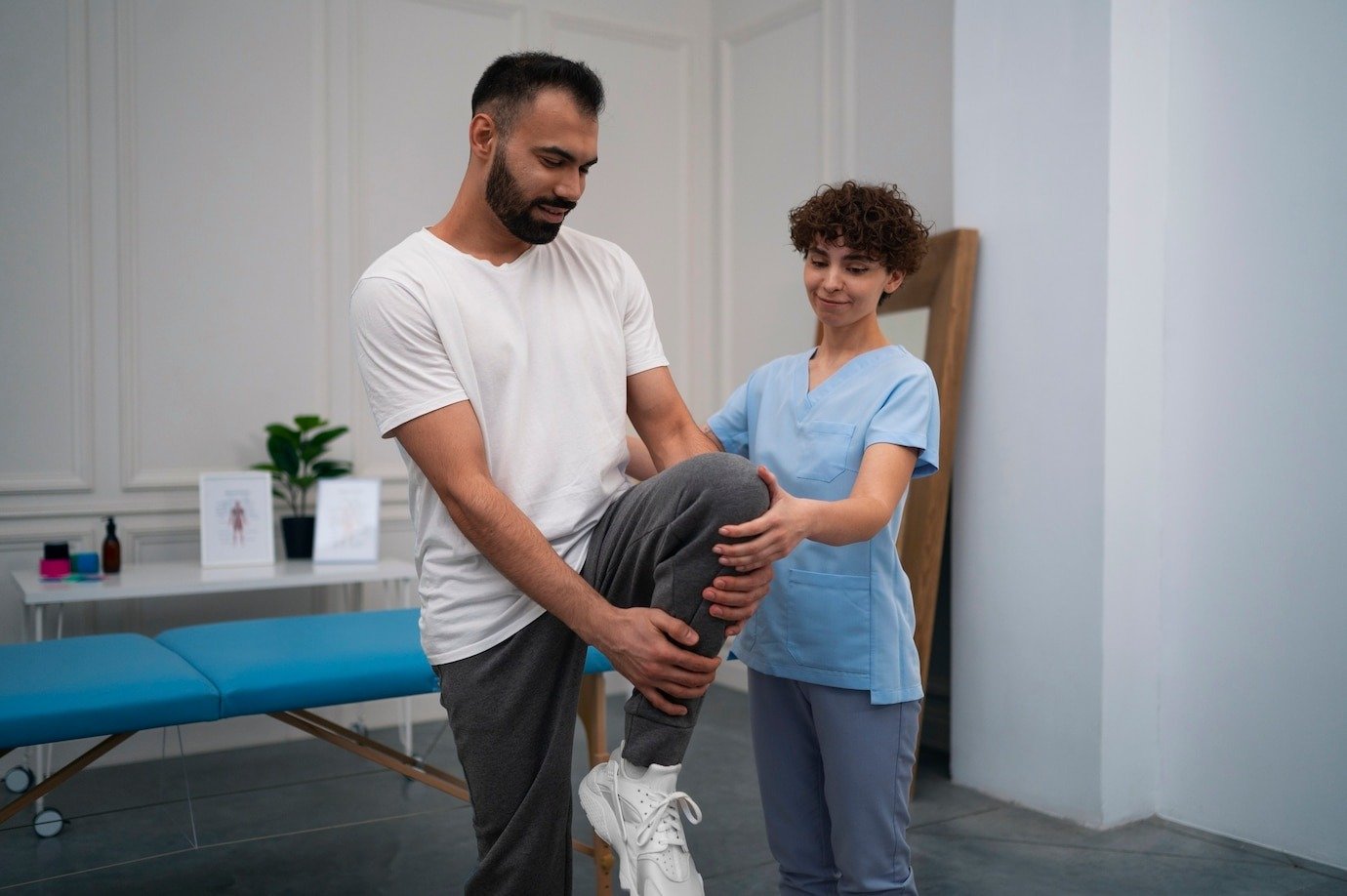Today, injuries are prevalent in the workplace. Whether it be a desk job or manual labor, anyone can be affected by workplace injuries.. Common injuries of sprains, strains, and back pain issues beside repetitive action-related problems like carpal tunnel syndrome may cause discomfort that affects you at work and in daily activities. Physiotherapy Treatment in Workplace Injuries is effective in dealing and recovering from these kinds of injuries. This blog will show how physiotherapy treatment can help you get back to work and feel better.
Common Workplace Injuries
Workplace injuries are unpredictable. They could strike when lifting something heavy in an inappropriate manner or when sitting in a poor position for long. Here are some of the most common injuries that you might suffer:
Muscle Strains and Sprains: These are common in jobs that require physical efforts. Injuries such as these can cause discomfort, pain and reduce range of movement.
Lower Back Pain: Often results from poor posture or heavy lifting, is one of the most common reasons why people attend physiotherapy.
Repetitive Strain Injuries (RSI): Common among office workers, these include carpal tunnel syndrome, resulting from doing the same repeated tasks- for instance, typing.
Tendinitis and Bursitis: These are overuse injuries and can occur with anyone practicing physically repetitive work.
To address these injuries, physiotherapy treatment in workplace injuries involves developing personalized treatment plans according to each individual’s unique needs.
The Role of Physiotherapy in Injury Recovery
Physiotherapy not only helps relieve pain but also supports full recovery and helps prevent future injuries. Here are the most common ways it can help:
Pain management: Physiotherapists often tend to help you relax with techniques such as manual therapy and heat/cold treatments as well as acupuncture, which will help you alleviate pain.
Improving Mobility and Strength: After an injury, muscle weakness or joint stiffness can hinder mobility. Physiotherapy will help you regain motion by doing exercises and stretches, and build strength to avoid future injuries.
Education and Ergonomics: Physiotherapists teach you the correct way to lift and set up your workspace to avoid any future injuries.
Fast recovery: If you seek treatment early, it makes you recover faster. Techniques such as hydrotherapy and massage aid in reducing swelling, thereby decreasing discomforts.
Customized therapy programs: All injuries are different in nature. A physiotherapist will formulate a tailored program, taking into consideration your special needs and symptoms.
Benefits of Returning to Work Faster and Stronger
A key goal of physiotherapy treatment For Work Injuries is to help you return safely and efficiently back to work. By fixing the cause of your injury and improving your health, a physiotherapist makes it easier for you to get back to your job without risking getting hurt again. This is especially important for those with physical jobs where injuries can happen more often. Hence, physiotherapy is crucial for getting better after workplace injuries and preventing any further complications. If you have become a victim of workplace injury, do not wait- get professional help to get back to your healthy life-style.
Injured at work? Make an appointment with Solace Physiotherapy
We at Solace Physiotherapy know how serious a workplace injury can be. It can be tough for someone to remain off work for long. Our physiotherapists are experts in tailoring effective, personalized plans that can get you back into the workforce quickly and, more importantly, SAFELY! Our emphasis on injury prevention and rehab aids in faster recovery times, allowing you to feel better in the workplace.Ready to get started? Book an appointment with Solace Physiotherapy now and get set to your recovery!




